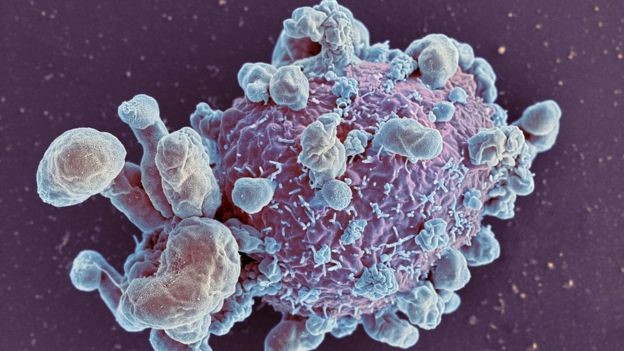
How fluorescence filters can help detect aluminium ions in water
Researchers at the University of Burgos in Spain have demonstrated how fluorescence filters can be used as part of a system to detect aluminium ions in water.
Their article, published in the July 2014 edition of the Journal of Hazardous Materials, outlines the approach and the different ways in which it can be used in the real world.
Detecting aluminium ions in water
First of all, the team developed a solid substrate consisting of a cross-linked polymer network, which was shaped like a film but behaved similarly to a gel, capable of detecting aluminium ions in water.
Alongside this, they also created a synthetic polymer with the same purpose, which was able to detect aluminium ions when dissolved in water.
“The detection in both systems was achieved via fluorescence ‘turn-on’,” the authors explain.
In the real world, fluorescence filters could allow these novel materials to detect aluminium ions with a 3+ positive charge at levels of 1.6 and 25 parts per billion respectively.
As the authors point out, these thresholds are significantly lower than the recommended safe limits for drinking water, as designated by the EPA.

